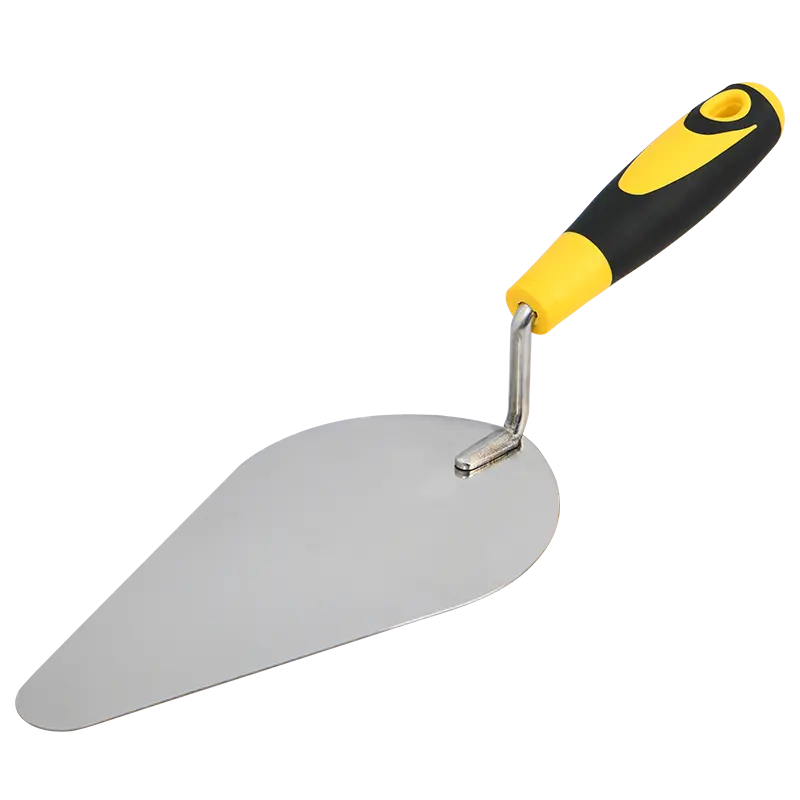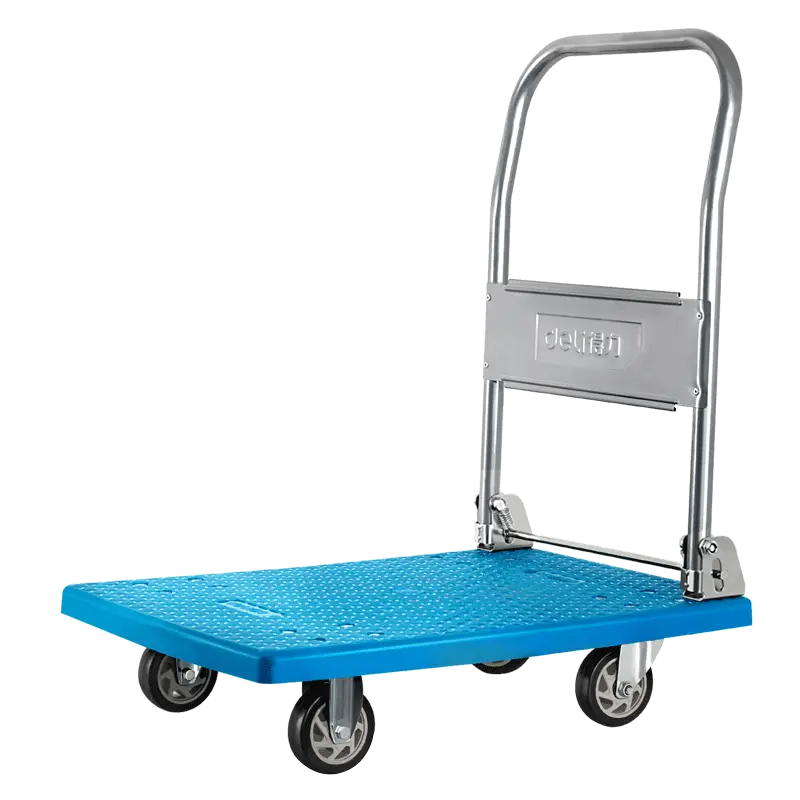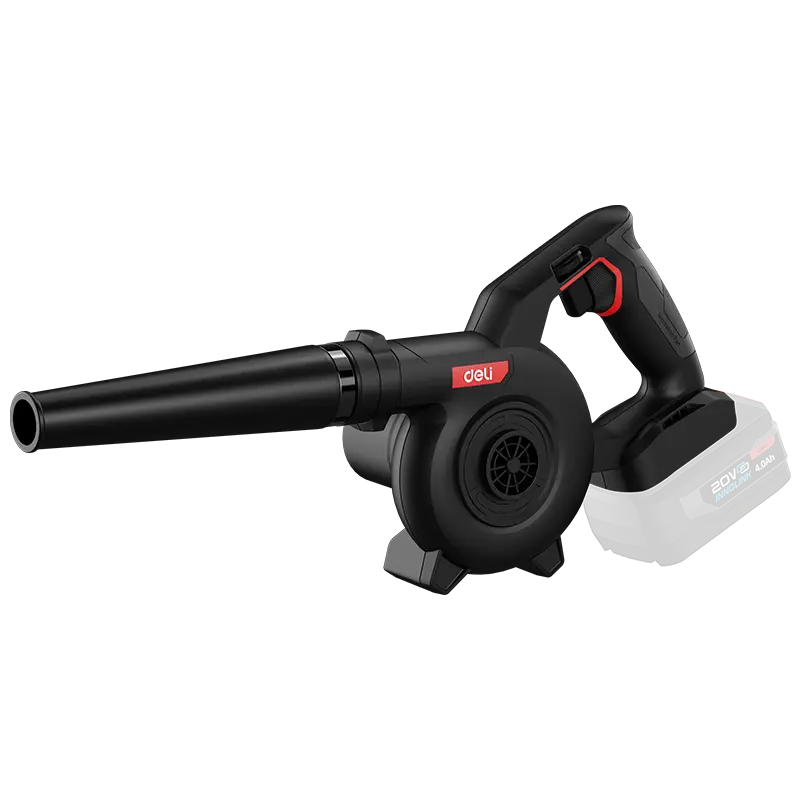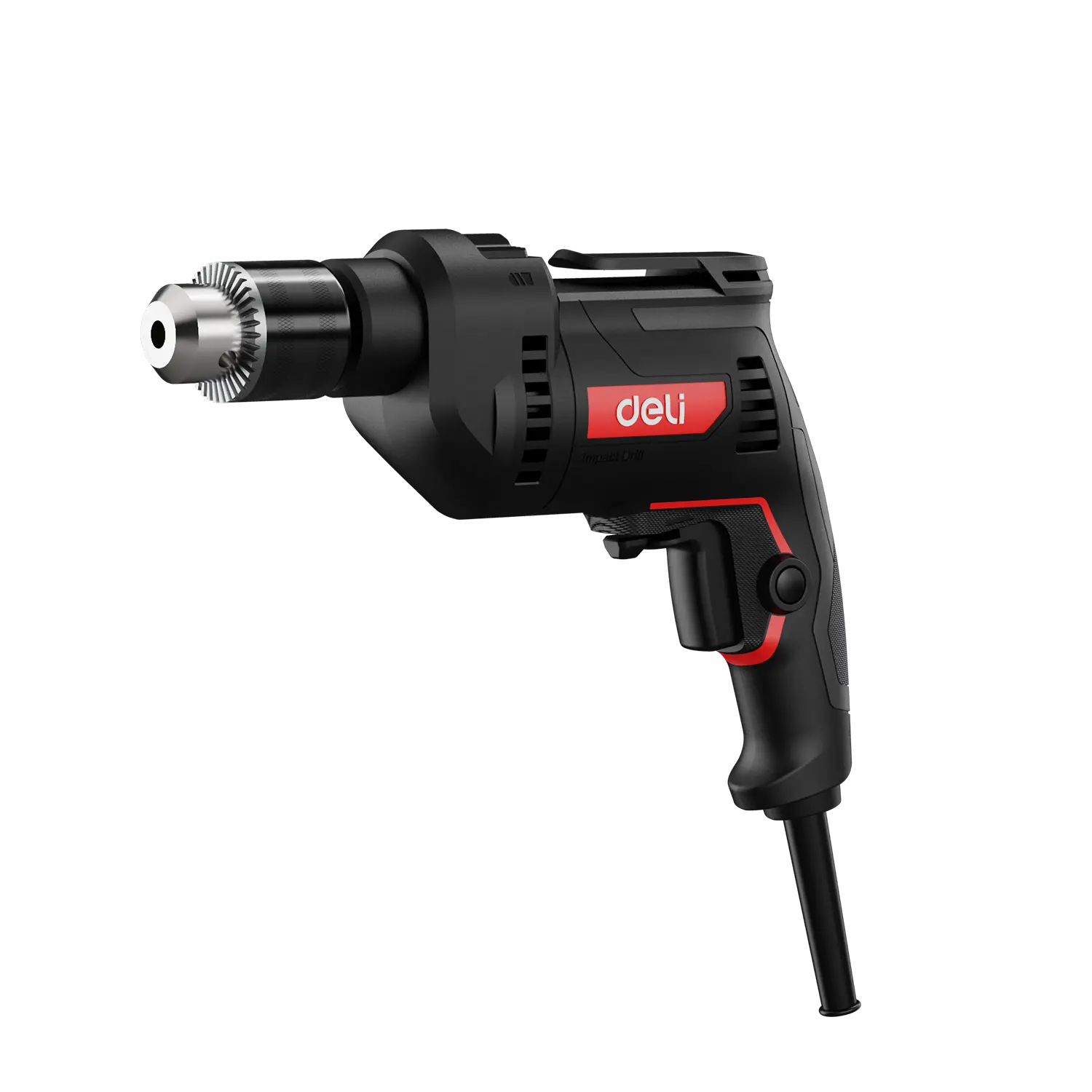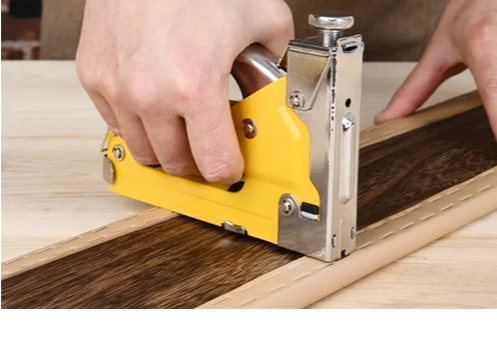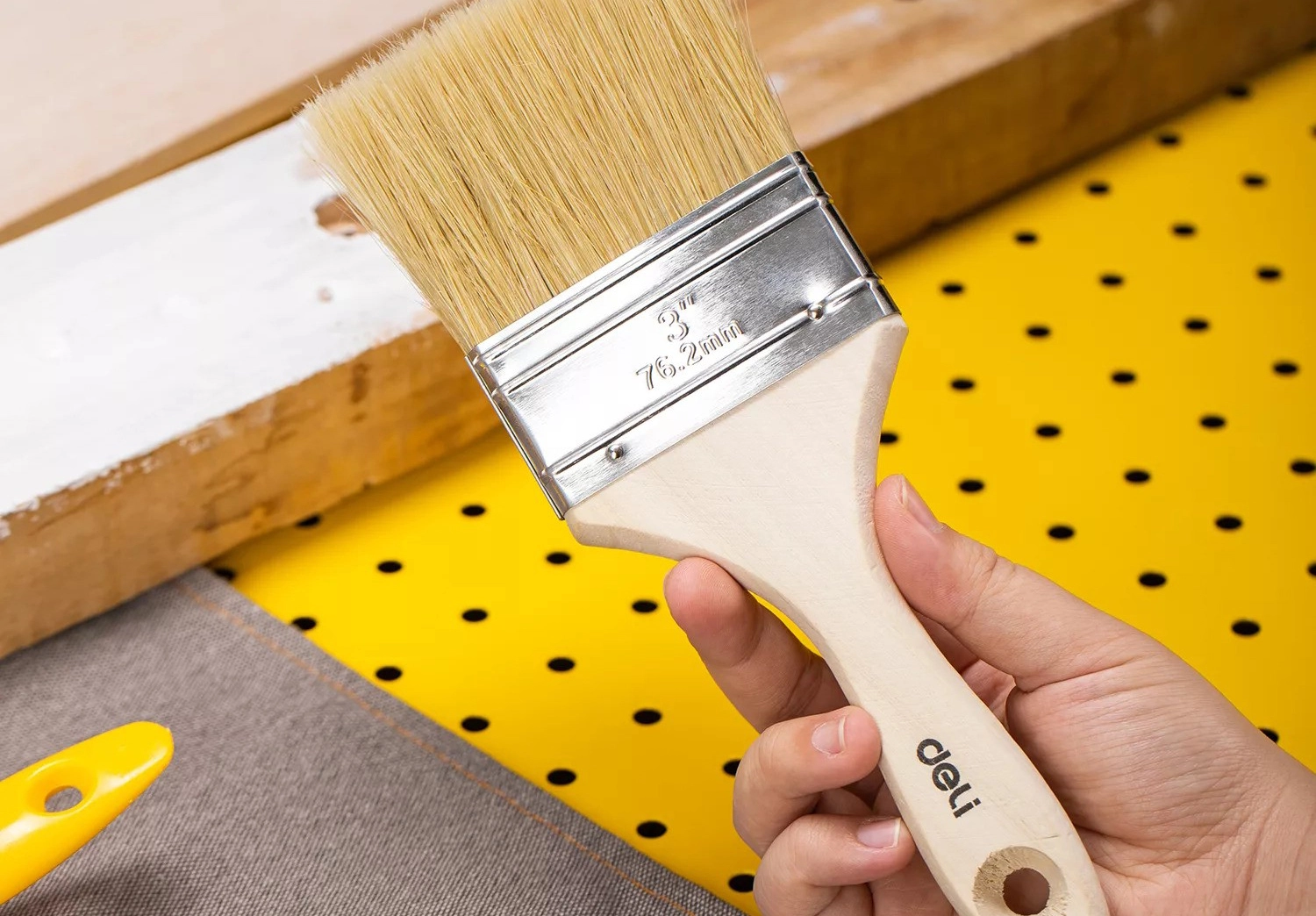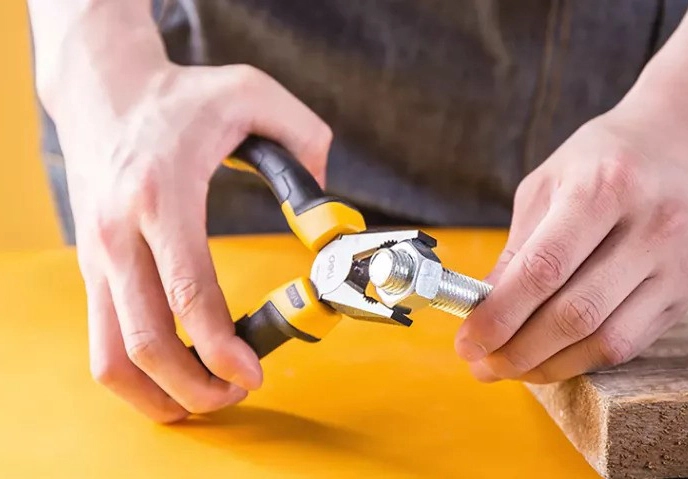Understanding the mechanics and applications of a ratchet is essential for both professionals in various industries and DIY enthusiasts. A ratchet is not just a tool; it's a mechanical component that serves a pivotal role in numerous devices and systems. This article delves into the intricacies of a ratchet, exploring its definition, how it works, and where it's most commonly used.
The Basic Mechanics of a Ratchet
A ratchet, in its most basic form, is a mechanical device that allows continuous linear or rotary motion in only one direction while preventing motion in the opposite direction. It is ingeniously designed to achieve this through a combination of a gear or a linear rack with a pawl that engages the teeth of the gear or rack, allowing movement in one direction and obstructing it in the other.
Components of a Ratchet Mechanism
The key components of a ratchet mechanism include the gear or rack, the pawl, and sometimes a spring to ensure the pawl engages with the gear teeth. Each part plays a crucial role in the functionality of the ratchet, ensuring smooth operation and reliability. Learn more about the wrench manufacturer now!
How Does a Ratchet Work?
The working principle of a ratchet is fascinating. As the gear or rack moves in the allowed direction, the pawl freely slips over the teeth, making an audible click sound. When movement is attempted in the opposite direction, the pawl catches on the teeth of the gear or rack, effectively preventing any backward motion.
Applications of Ratchets
Ratchets are ubiquitous in the modern world, found in a vast array of applications from simple hand tools to complex machinery. Their unique mechanism makes them indispensable in many fields.
In Hand Tools
One of the most recognizable applications of a ratchet by Deli Tools Global is in socket wrenches, commonly used for tightening and loosening bolts and nuts. The ratchet mechanism allows for efficient work in tight spaces where a full rotation of the wrench is not possible.
In Machinery
Beyond hand tools, ratchets are crucial components in machinery such as hoists, jacks, and winches where they prevent reverse motion, ensuring safety and efficiency. Their application is also critical in devices like clocks and roller coasters, where controlled motion is essential.
The Evolution and Varieties of Ratchets
Over time, a ratchet wrench has evolved significantly. Today, they come in various forms and sizes, tailored for specific applications. This diversity in design underscores their versatility and indispensability in both everyday tools and complex machinery.
Different Types of Ratchets
From simple manual ratchets to sophisticated electronic and hydraulic models, the variety of ratchets available today is vast. Each type offers distinct advantages depending on its intended use, whether it's for intricate electronic assembly or heavy-duty mechanical work.
Maintenance and Care for Ratchets
To ensure longevity and optimal performance, proper maintenance of ratchets is crucial. This involves regular cleaning, lubrication, and inspection for wear and tear. By adhering to these maintenance practices, users can significantly extend the life span and efficiency of their ratchets.
Best Practices for Ratchet Care
Regular cleaning to remove dirt and grime, along with timely lubrication of moving parts, prevents rust and ensures smooth operation. It's also important to inspect ratchets for any signs of damage or excessive wear, which could compromise their functionality.
In conclusion, the ratchet from the top ratchet wrench supplier is a fundamental mechanical device with wide-ranging applications across numerous industries. Its unique ability to allow movement in one direction while preventing it in another has made it an indispensable tool in many contexts. From enabling precise adjustments in hand tools to ensuring safety in machinery, the ratchet continues to be a pivotal component in both everyday tools and complex systems.



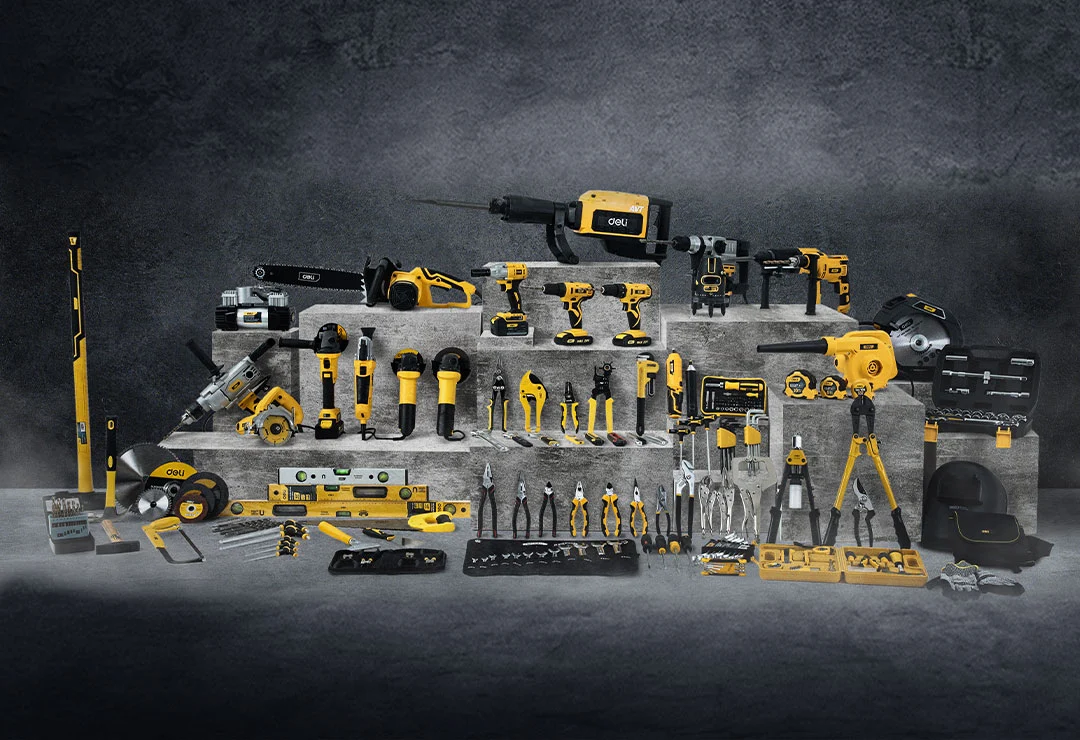
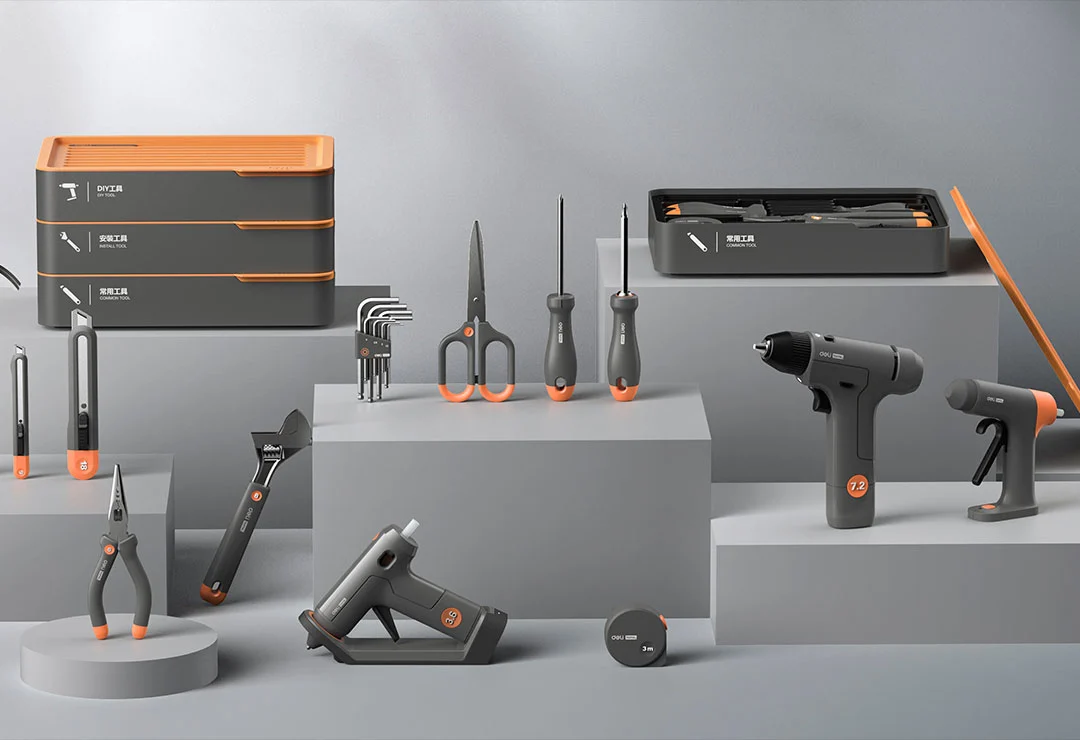
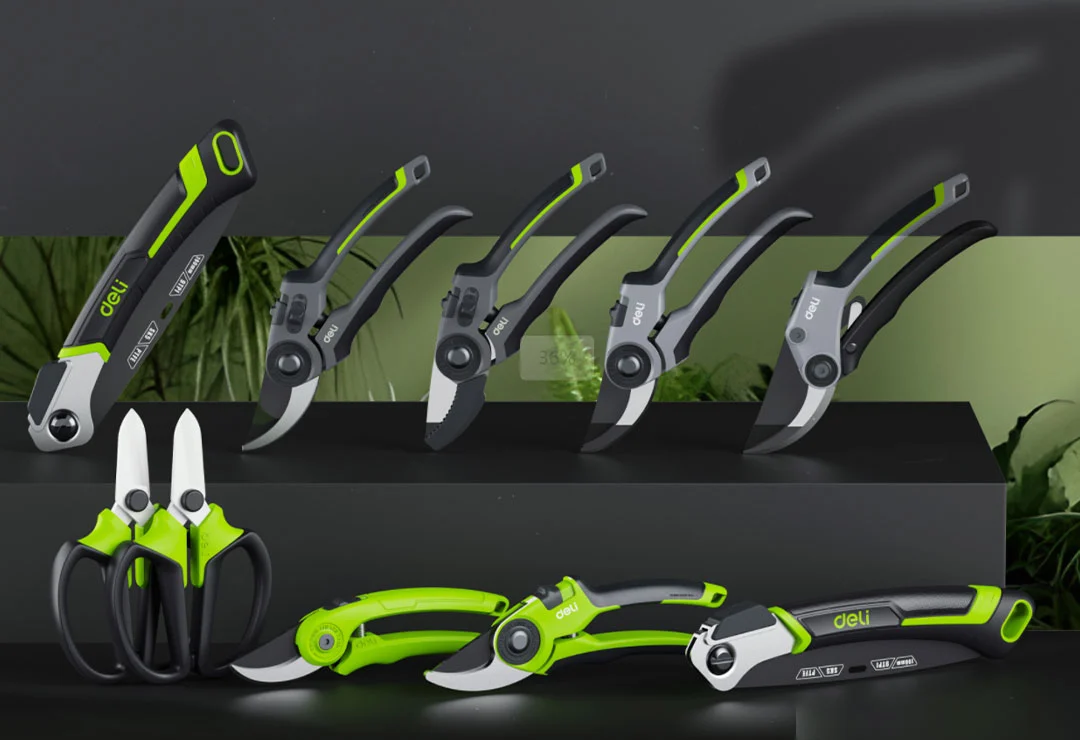
 EN
EN
 jp
jp  ko
ko  fr
fr  de
de  es
es  it
it  ru
ru  pt
pt  ar
ar  vi
vi  th
th  hi
hi  pl
pl  id
id  el
el 